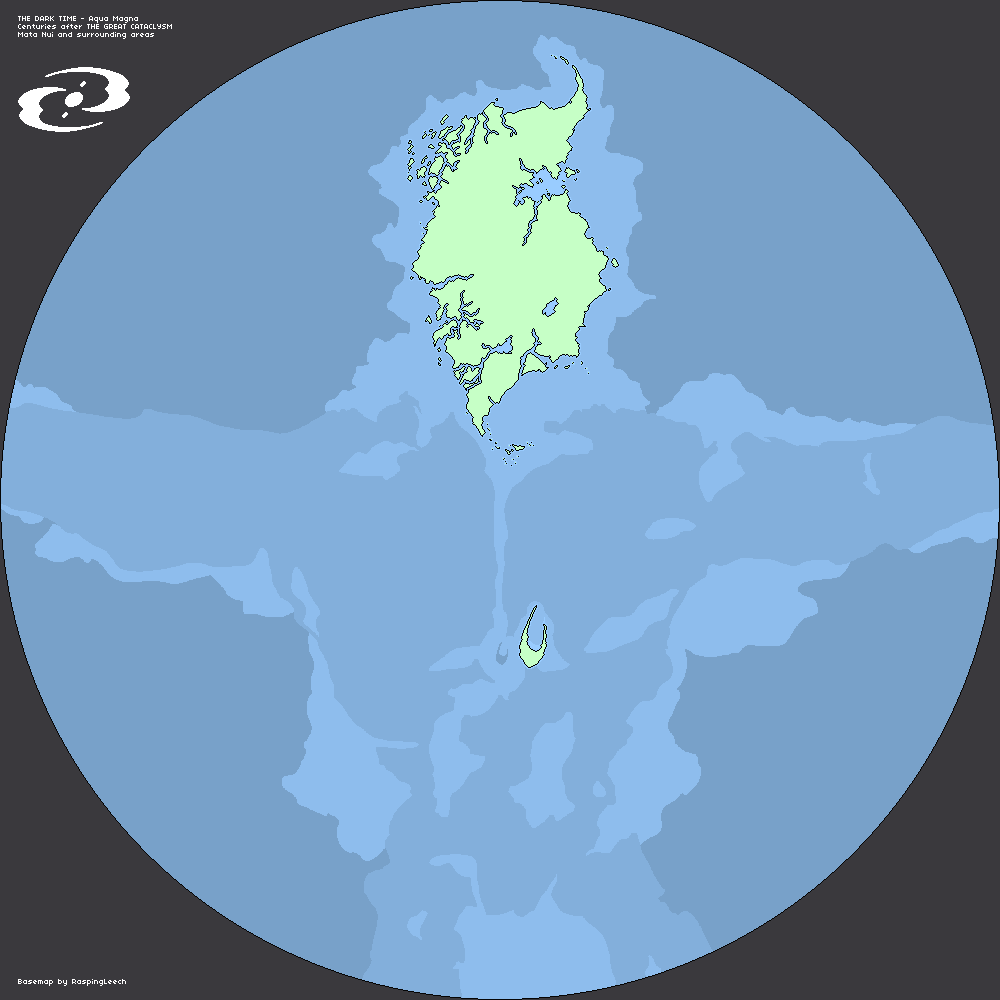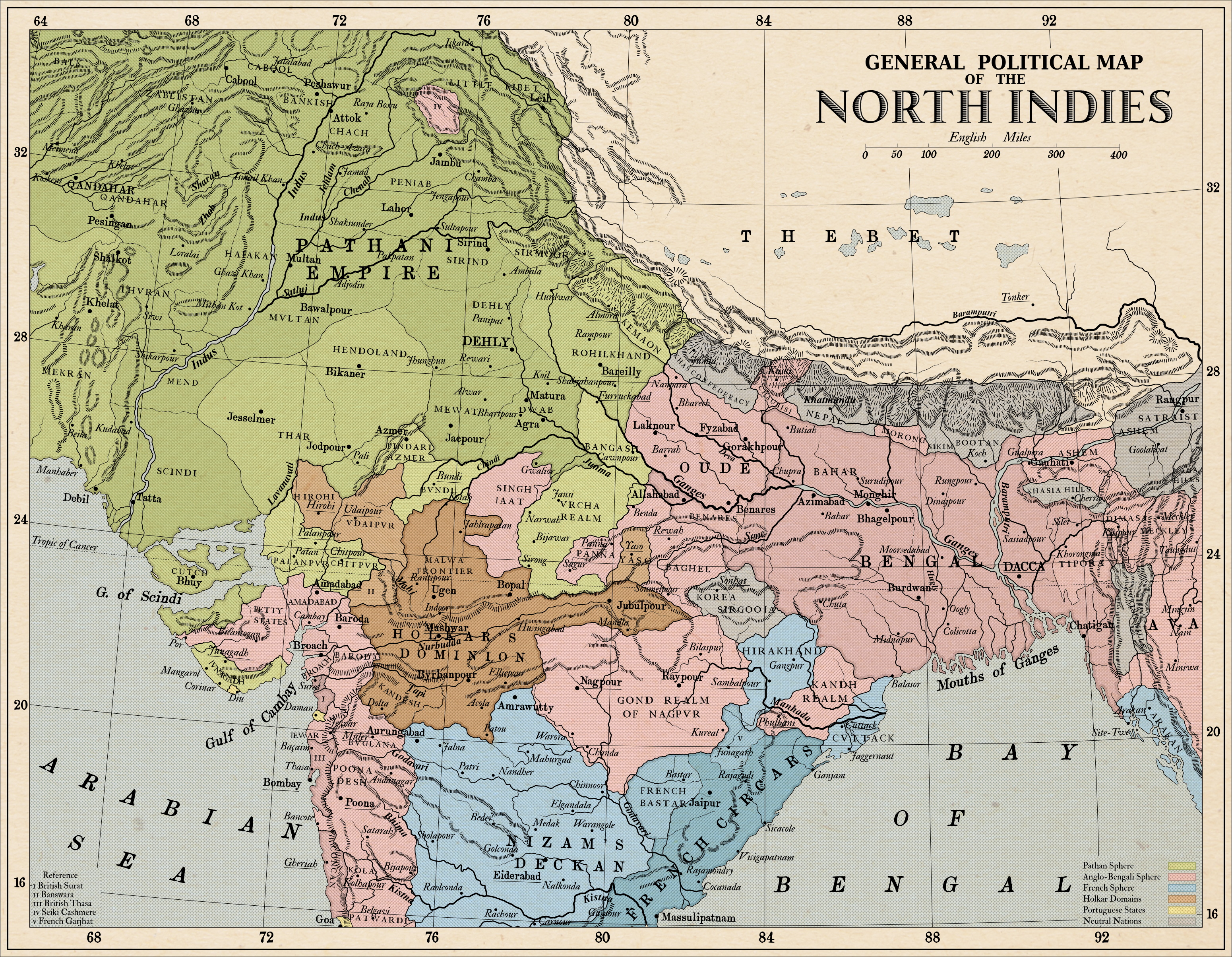
Blank basemap map of Bionicle's Mata Nui and Voya Nui. A bit obvious foreshadowing the true nature of the series setting but I thought it was a cool effect.

I never realized Voya Nui was actually that small.
Blank basemap map of Bionicle's Mata Nui and Voya Nui. A bit obvious foreshadowing the true nature of the series setting but I thought it was a cool effect.
More please, tell us more! Especially about last one! And... um... probably every other tooThis is a bastard to upload so I hope everyone can see it.
I always intended to do a big project for St Patricks Day, and I've never done it due to being lazy and forgetting when the date was, but I started this one today, and it was largely inspired by Bruce's "Embiggen" Project and the 12 [insert nation here] thing from last year that everyone was doing, thanks to Wyyt for starting that.
I did a few random Irish wanks and a couple of ideas I was given as well.
View attachment 530803
France and her neighbours during The War of the League of Windsor (my timeline's version of the 1521-26 Italian War).
Well that last one was just a spoof of 40K, since someone who shall remain nameless kept telling me to do a space Ireland. Abandoned future earth being recolonised by weirdo space Irish.More please, tell us more! Especially about last one! And... um... probably every other too
Would you mind if I eventually do some sort of cover of that "papist-negro-chinese" conspiracy one (even if it would be highly unlikely to finish)

...self-quarantine!Your map, as usual, takes my breath away.
(Desperate wheezing sounds)
Is that dark red next to Nice (or Nizza, maybe?) part of the crown lands of Arles?The United Kingdom of Italy c. 1700
The premise of this Italy involves a successful unification of the Peninsula by the House of Visconti. The various Roman Numerals refer to the various constituent Kingdoms of the Italy of the House of Visconti. The Northern Kingdom of Lombardy represents the ambitions of Gian Galeazzo Visconti to unify all of Northern Italy into the Lombard Kingdom of old. After the various Visconti Kings united Northern Italy under their rule, the fractious city states, communes, duchies, principalities, etc were mediatized into various duchies and vassal fiefdoms to provide order to the Kingdoms much like what the Normans did after the Kingdom was established under the De Hauntvilles. These duchies also served as Royal appendages for various Princes expanding the House of Visconti’s dynastic influence. They also served as reward to nobles who served them loyally and with distinction. The Kingdom of Italy allied with the Plantagenet ruled England in the Hundred Years War eventually allowing for them to sieze the territories of the Kingdom of Arles. Seeing the way the wind was blowing, the The Papacy was made a co-equal sovereign to the King in matters of Religous policy while the King handled the temporal matters of state.
The Kingdom of Sicily was gained after the House of Visconti intermarried with the Capetian House of Anjou, and after the ruling family died out, the Visconti rushed to claim the throne forming the short lived Italian Union similar to the Iberian Union between the Kingdoms of Castile and Aragon. Though the Kingdom of Trinarcia and Naples were united into one Kingdom Sicily. The Union was later dissolved with King Aurelio "the Great" passed his act of union creating one unified Kingdom. The United Kingdom of Italy preserved the structure and autonomy of the various Kingdoms while creating one Unitary Central Government to more seamlessly integrate the various dominions of the House of Visconti with the Kings adopting the tile of Rex Totius Italiae. Though the implementation of this system was not met with universal acclaim as it encountered opposition from various nobles and free cities afraid that they would lose their power. While some rebellions flared up, they were put down by the professional armies created by the Visconti. The Kingdom of Italy after its formation took Europe by storm, dominating it economically by trade and its vast military and naval might bringing its people glory not seen since the days of Imperial Rome. This map was inspired by @The Undead Martyr's timeline: Visconti Victorious involving a Renaissance Italy wank involving the Peninsula unified by the House of Visconti.
View attachment 530965
Key:
I. Crownlands of the Kingdom of Lombardy
A) Duchy of Tuscany
B) Duchy of Ferrara
C) Duchy of Ancona
D) Duchy of Tyrol
E) Principality of Venice
F) Duchy of Carinthia
G) Duchy of Bosnia
H) Duchy of Dalmatia
I) County of Slavonia
J) Duchy of Piedmont
K) Principality of Genoa
L) Duchy of Corsica
M) Duchy of Sardinia
N) Prince-Bishopric of Nice (Papacy)
II. Crownlands of the Kingdom of Arles
A) County of Savoy
B) Autonomous Swiss Cantons
C) Prince Bishopric of Avignon (Papacy)
III. Crownlands of the Kingdom of Africa.
A) Duchy of Tripolitania
B) Duchy of Constantine
C) County of Algeria
C) Duchy of Cyrenaica
IV. Crownlands of the Kingdom of Sicily
A) Prince Bishopric of Benevento
B) Duchy of Longobardia
C) Duchy of Calabria
D) Duchy of Sicily
E) Principality of Salerno
V. Autonomous Kingdom Albania (Granted Home Rule)
VI. The Papacy
Yeah. After the Anjou line died out their possessions in Provence also passed to the Visconti. They also used that as a jumping off point to take more land from the HRE and the rump France who signed an alliance against the Plantagenets and Italians.Is that dark red next to Nice (or Nizza, maybe?) part of the crown lands of Arles?
Thought you guys would like this infographic/map I made of an alternate solar system (that just enough qualifies to be alternate history)
FYI the unnamed planets in order from the star are Horus, Anubis, Thoth and Orsis (its moons are Isis, Bes and Nuot). Not really sure of what to call the mars like planet at the end, thinking of something Shinto, Hindu or Aztec.

Blank basemap map of Bionicle's Mata Nui and Voya Nui. A bit obvious foreshadowing the true nature of the series setting but I thought it was a cool effect.
Why does the map look like an Abstract Expressionist's, close up version of Christ on the cross?
That would be a spoiler for the series.Why does the map look like an Abstract Expressionist's, close up version of Christ on the cross?
